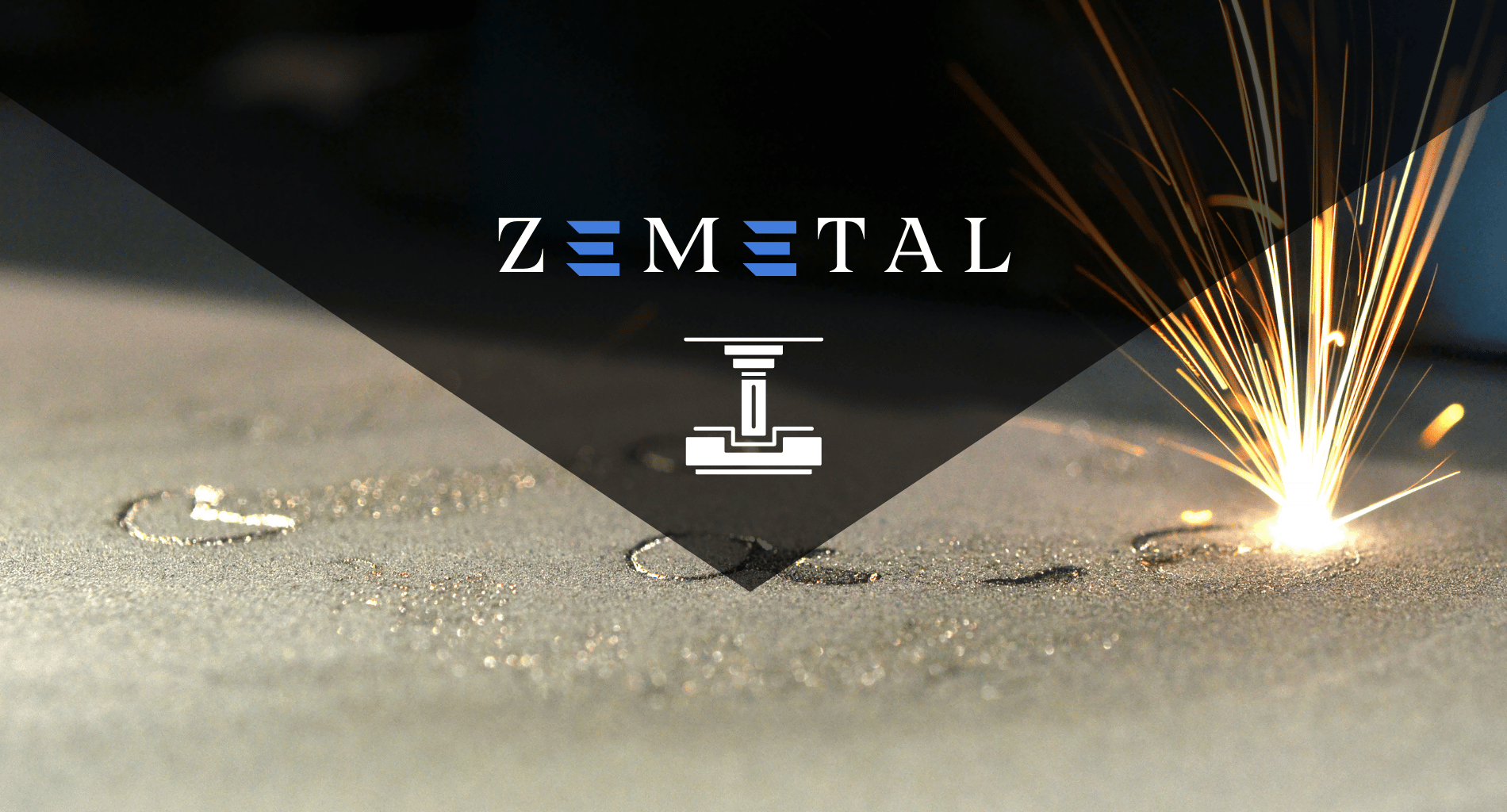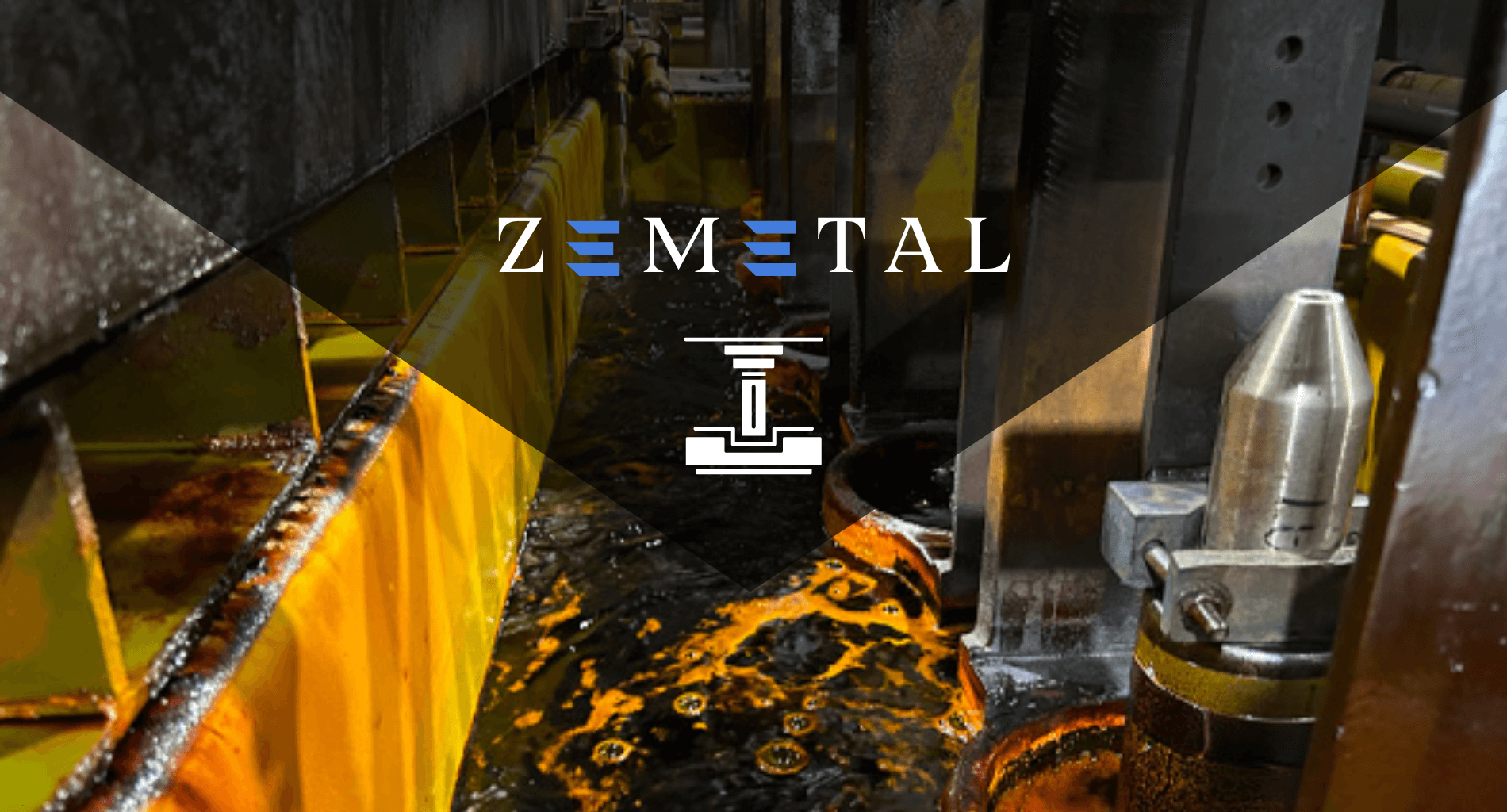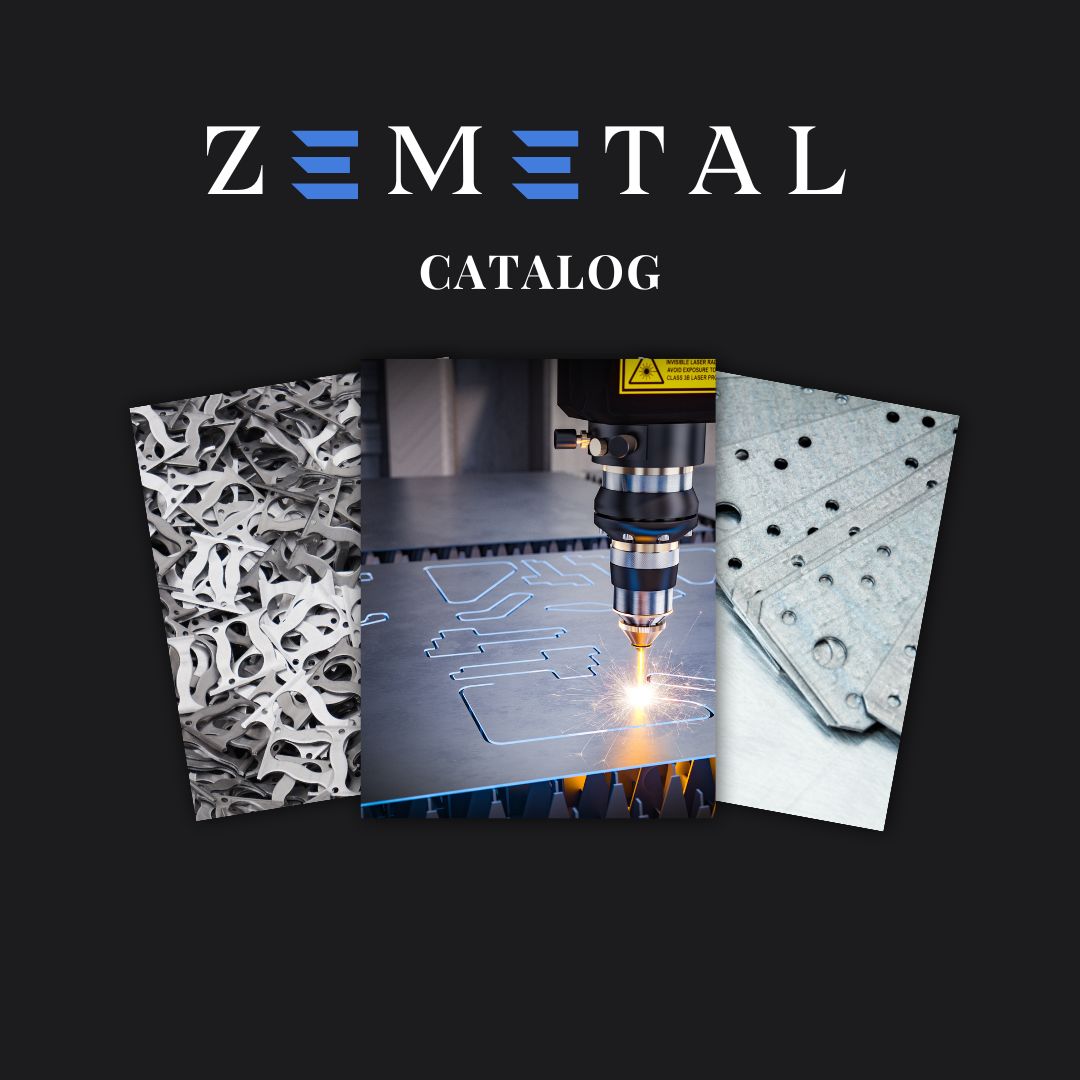What if the secret to both aesthetic appeal and material durability in industrial applications lies in the sphere of color? Anodizing colors are more than just surface-level enhancements; they are a fusion of science and art that transform metal surfaces.
As an expert in the field of metal finishing and anodizing, I bring years of experience and a deep understanding of the ideas behind anodizing processes.
Anodizing color is not just a matter of surface beauty; it’s a critical process that adds value and functionality to metal components, enhancing their longevity and performance.
In this ultimate guide, we will journey through the complexities of anodizing colors, uncovering the techniques, benefits, and practical applications that make this process essential in modern manufacturing.
Read on to uncover the vibrant world of anodizing colors.
1. The Science Behind Anodizing Colors
Anodizing is an electrochemical procedure that transforms the metal surface, typically aluminum, into a durable, corrosion-resistant, anodic oxide finish. This process involves submerging the aluminum into an acid electrolyte bath and passing an electric current through the medium. The current releases oxygen ions from the electrolyte, which combine with the aluminum atoms at the surface of the part being anodized.
This reaction forms aluminum oxide, a hard, protective layer that is fully integrated with the underlying aluminum substrate. The coloration in anodizing comes from two primary methods: dyeing and metal deposition. Dyeing involves immersing the anodized aluminum in a colored solution where the porous oxide layer absorbs the dye.
In contrast, metal deposition embeds metallic particles into the pores of the anodized layer, creating a unique finish. The size and structure of the pores, controlled through the anodizing process, determine the intensity and texture of the color. This scientific approach allows for precise control over the hue, ranging from subtle earth tones to vibrant, eye-catching shades, making anodizing an ideal choice in various industries.
2. Advantages of Anodizing for Coloration
Building on the scientific foundation of anodizing, let’s explore its practical benefits in the realm of coloration. Anodizing not only enhances the visual appeal of metals but also imparts several key advantages:
- Durability: Anodized finishes are known for their exceptional durability. The process creates a hard, wear-resistant layer that stands up to harsh environmental conditions, ensuring the color remains vibrant and unfaded for years.
- Corrosion Resistance: The anodic layer offers superior protection against corrosion. This makes anodized metals ideal for use in high-moisture or corrosive environments, where maintaining both the integrity and appearance of the material is crucial.
- Aesthetic Flexibility: Anodizing allows for a wide range of color choices and finishes, from matte to glossy. This versatility is perfect for customization, catering to specific design needs or branding requirements.
- Eco-Friendly: Anodizing is an environmentally friendly process. It produces no harmful or heavy metal by-products and the anodized layer is non-toxic and heat-resistant.
- Improved Adhesion: The anodized surface provides an excellent foundation for adhesives and paints, enhancing bonding strength and longevity. This is particularly beneficial in complex assemblies where different materials are combined.
- Cost-Effectiveness: Despite its high-quality finish, anodizing is a cost-effective solution. It requires less maintenance and the longevity of the finish reduces the need for frequent replacements or touch-ups.
- Electrical Insulation: Anodized coatings can provide electrical insulation, a beneficial feature in electronic equipment manufacturing. For example, anodized aluminum cases are commonly used in smartphones, offering both a sleek appearance and functional insulation.
3. Popular Anodizing Color Choices
After understanding the advantages of anodizing, it’s time to focus on the popular color choices available through this process. Here are some of the most sought-after anodizing color options in the industry:
Black Anodizing
Black anodizing is synonymous with sophistication and functionality. It’s a preferred choice for high-end electronics, automotive components, and tactical equipment, where a non-reflective, sleek appearance is essential. The deep black color minimizes light reflection, making it ideal for optical devices and camera parts. In addition, its resistance to wear makes it a practical option for heavily used items.
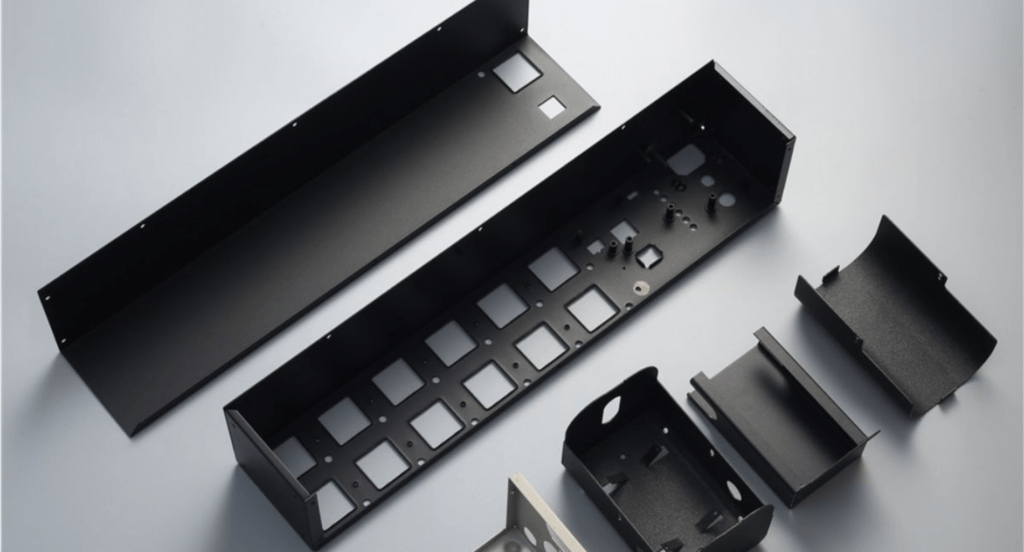
Red Anodizing
Red anodizing is chosen for its bold and vibrant appearance, often used to make a statement or for safety purposes. In the automotive sector, red anodized parts are a popular way to add a custom, high-performance look to vehicles. In industrial settings, red anodized components are used for safety and emergency equipment, where high visibility is critical. This color’s durability ensures that safety gear remains noticeable.
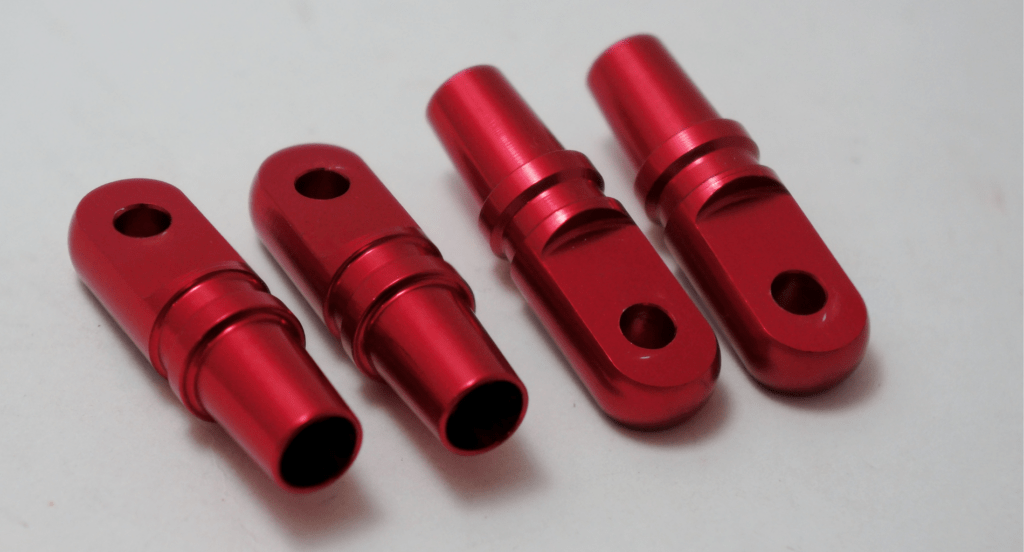
Blue Anodizing
The appeal of blue anodizing lies in its bright and appealing hue, making it a favorite for consumer products. This color is especially popular in sporting goods, such as bicycles and ski equipment, where it adds a dynamic, energetic aesthetic. The corrosion resistance and durability of blue anodized finishes are ideal for outdoor and marine applications, where materials are exposed to harsh weather and salty environments.
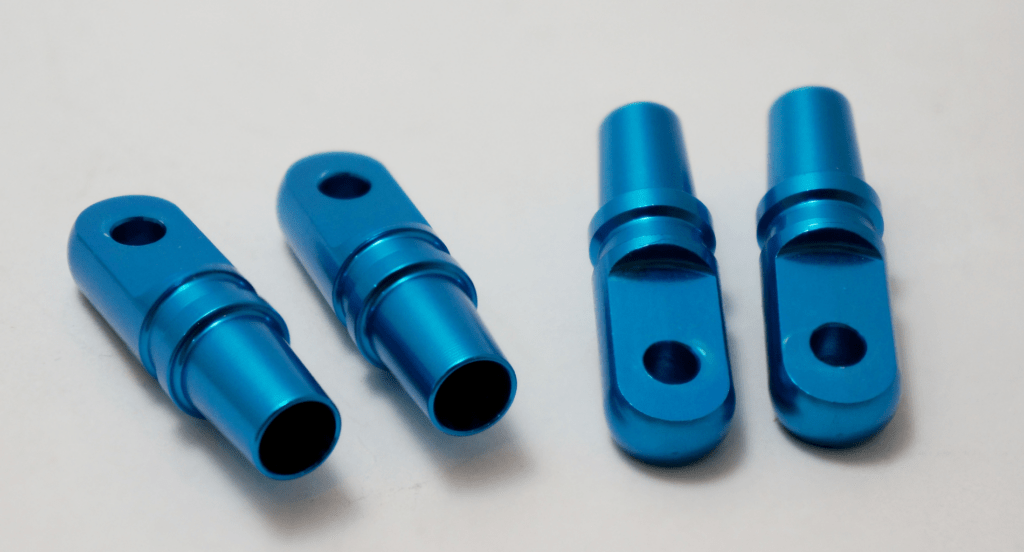
Green Anodizing
Green anodizing, with its natural and soothing tone, is widely used in outdoor equipment, medical devices, and architectural elements. In the medical field, green anodized components provide a calming appearance, which can be beneficial in patient care environments. Its use in architectural designs brings a touch of nature and sustainability, blending in harmoniously with the environment while maintaining the benefits of anodizing.
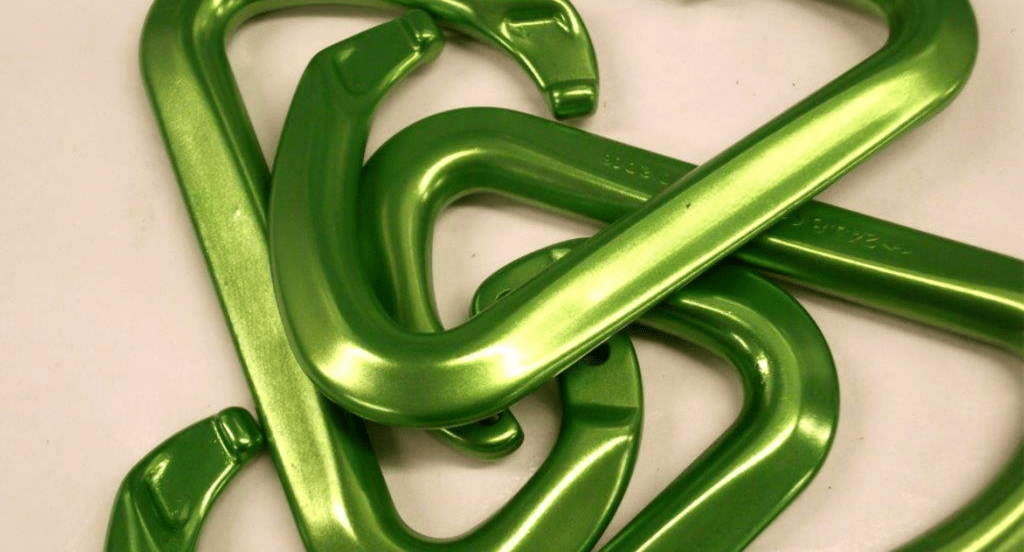
Gold Anodizing
Gold anodizing is synonymous with luxury and high quality. This color is often seen in decorative applications, high-end audio equipment, and custom computer components, where it adds a sense of opulence and premium feel. Its application in electronic connectors and components is not just for aesthetics; gold anodizing improves electrical conductivity and enhances corrosion resistance, which is crucial for reliable performance.
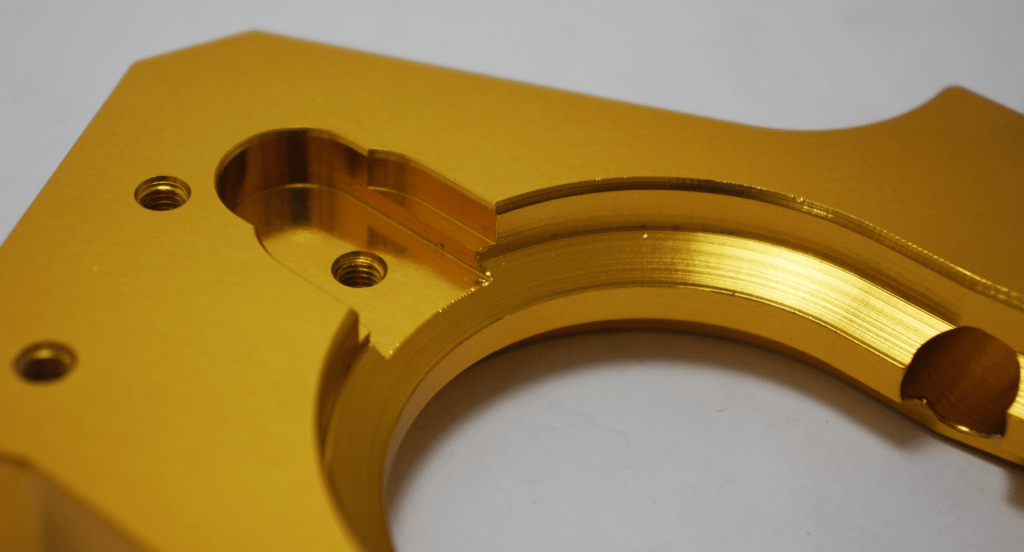
4. Anodizing Techniques for Achieving Colors
From the vibrant hues we’ve discussed, the next step is to understand how these colors are achieved through various anodizing techniques. Listed below are some key techniques used in the anodizing process:
Electrolytic Coloring (Two-Step Anodizing)
Electrolytic Coloring, also known as two-step anodizing, involves first creating the porous anodic oxide layer and then depositing metallic salts into these pores in a second step. This method allows for a broad range of colors, from earthy tones to more vibrant hues. It’s especially effective for achieving subtle and complex shades, making it a popular choice for architectural applications where a natural appearance is desired.
Integral Color Anodizing
Integral color anodizing involves incorporating organic or inorganic pigments directly into the anodizing process. This technique creates a uniform color throughout the thickness of the anodized layer. It’s particularly useful for items requiring high abrasion resistance. Zemetal, known for its advanced anodizing services, utilizes this technique to provide robust and uniformly colored finishes that are both aesthetically pleasing and durable.
This table outlines the key aspects of integral color anodizing, a process used by companies like Zemetal for producing durable, uniformly colored finishes.
| Feature | Description | Benefit |
| Organic/Inorganic Pigment Integration | Pigments are embedded during anodizing | Creates consistent, deep coloration |
| Uniform Color Distribution | Color permeates the entire anodized layer | Ensures even color, enhancing aesthetics |
| High Abrasion Resistance | The finish withstands physical wear | Ideal for frequently handled items |
| Long-lasting Aesthetic Appeal | Colors remain vibrant and do not fade easily | Maintains appearance over time |
| Application Versatility | Suitable for a variety of products, from industrial to consumer goods | Broad usability in different sectors |
Dyeing (Organic and Inorganic)
Dyeing is one of the most common methods for adding color to anodized aluminum. It involves immersing the anodized part in a dye bath where the porous oxide layer absorbs the dye. Organic dyes offer a wide range of vibrant colors, while inorganic dyes are preferred for lightfastness and weather resistance. This method is often used for consumer products, such as smartphones and laptops, where specific brand colors are required.
Interference Coloring
Interference coloring is a more complex technique that produces iridescent and pearlescent effects. This method involves manipulating the thickness of the anodic layer and the refractive properties of the oxide film to create colors through light interference. It’s a sophisticated process, often used for decorative items and jewelry, where a unique and eye-catching appearance is desired.
5. Applications and Uses of Anodized Colors
Having explored the various techniques for achieving anodized colors, it’s crucial to understand how these colors are applied across different industries and products. Here are some key areas:
Architectural and Building Applications
In the architectural and building sector, anodized colors are extensively used for their durability and weather-resistant properties. Anodizing is ideal for exterior building components like window frames, curtain walls, and roofing panels, where long-lasting color and protection against environmental elements are essential. For example, anodized aluminum panels are commonly used in modern architecture for their sleek appearance.
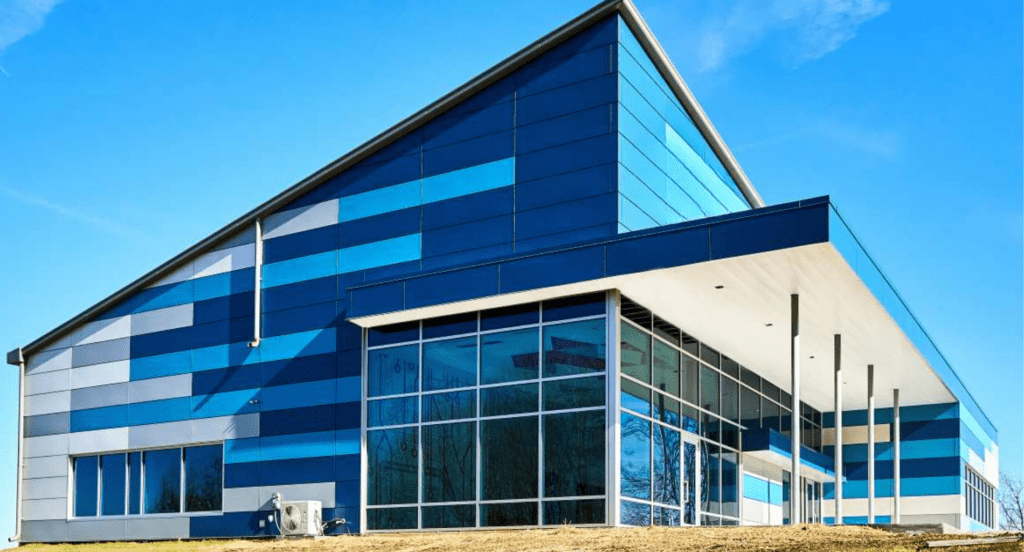
Automotive and Transportation
Anodized colors are highly valued in the automotive and transportation industry for their wear resistance and aesthetic appeal. Components such as trim, wheels, and interior accents often utilize anodizing for a durable and attractive finish. Zemetal, provides anodizing services that cater to the demanding specifications of the automotive sector, offering finishes that combine aesthetic appeal with functional excellence.

Consumer Electronics
The consumer electronics industry heavily relies on anodized colors for their sleek, modern finish and durability. Products like smartphones, laptops, and wearable devices often feature anodized aluminum casings for their lightweight, durable, and attractive qualities. The ability to customize colors allows brands to create distinctive and recognizable products.
6. Challenges and Limitations in Anodizing Colors
As we delve into the practicalities of anodized colors in various applications, it’s important to acknowledge that the process is not without its challenges and limitations. Let’s break down some of these challenges:
- Color Consistency: Achieving consistent color across different batches can be challenging. Variations in the metal’s alloy composition, surface finish, and processing conditions can lead to color discrepancies, making it difficult to match colors perfectly in large-scale or repeat projects.
- Thickness Limitations: The thickness of the anodized layer impacts both the color intensity and the durability. However, overly thick anodizing can lead to a brittle coating that is prone to cracking, especially on parts that undergo significant bending or deformation.
- Limited Substrate Options: Anodizing is primarily effective on aluminum and certain other non-ferrous metals. This limits its applicability compared to other coloring methods that can be used on a wider range of materials.
- UV Sensitivity: Some anodized colors, especially brighter and more vibrant hues, can fade over time when exposed to prolonged sunlight and UV radiation. For example, reds and blues are more prone to fading in outdoor applications.
- Cost Considerations: The cost of anodizing can be higher compared to other coloration methods, especially for intricate designs and custom colors. The process requires specialized equipment and expertise, which can increase production costs.
- Environmental Impact: While anodizing is more environmentally friendly than some alternative processes, it still involves the use of chemicals and generates waste products that need to be properly managed and disposed of to minimize the environmental impact of anodizing.
7. 3 Tips for Choosing the Right Anodizing Color
After the challenges and limitations of anodizing, the next critical step for businesses is selecting the appropriate anodizing color for their projects. See the following tips to guide you in making the best decision:
#1 Manufacturing Constraints and Costs
Be aware of the technical limitations and cost implications of different colors. Some hues may require more complex or costly anodizing processes. If you’re working on a tight budget or with specific technical constraints, this could significantly influence your color choice. It’s always a good idea to consult with your anodizing service provider to understand the feasibility and cost implications of your desired color.
#2 Trends and Market Preferences
Keeping an eye on current trends and market preferences is crucial, especially in consumer-focused industries. Metal anodizing market size was valued at USD 3.3 Billion and is projected to reach USD 4.6 Billion by 2030 as VMR. While classic colors like black and silver are timeless, trending colors can make your product stand out and appeal to modern clients.
#3 Test Color Samples
Finally, always test with color samples before making a final decision. Colors can appear differently under various lighting conditions and when applied to different metal grades. Testing helps avoid surprises and ensures the final product meets your expectations. A small investment in sample testing can save significant costs and time in the long run, ensuring the color chosen is the perfect fit for your project.
8. Factors Affecting Anodizing Color Quality
After exploring tips for choosing the right anodizing color, it’s equally important to understand the factors that can affect the quality of anodizing colors. Here are some of the key factors that influence anodizing color quality:
Anodizing Process Parameters
In my experience working with anodizing, I have seen firsthand how process parameters like temperature, electrolyte concentration, and current density can greatly influence color quality. Precise control over these parameters is crucial for achieving consistent colors. Variations in temperature or electrolyte composition, even minor ones, can lead to noticeable differences in hue and saturation.
Metal Composition and Surface Condition
The base metal’s composition significantly impacts the final color quality. Different alloys and purities of aluminum can react differently during the anodizing process, leading to color variations. Additionally, the surface condition of the metal, including its texture and cleanliness, plays an important role. A smoother, cleaner surface typically results in more uniform coloration.
Dye Quality and Application
The type and quality of the dye used in anodizing also play a significant role in the final color outcome. Higher quality dyes tend to produce more vibrant and durable colors. The method of dye application, including immersion time and temperature, needs to be carefully managed. Inconsistent dyeing practices can result in patchy or faded colors, which is why I always recommend using high-grade dyes for the best results.
Conclusion
In summary, this comprehensive guide to anodizing colors offers valuable insights into the science, techniques, and considerations crucial for achieving high-quality, durable, and aesthetically pleasing anodized finishes. It serves as a resource for businesses seeking to enhance their products with the right anodizing choices.
For those looking to implement these insights into their operations, Zemetal’s expert anodizing services are an ideal solution. To explore how we can assist in your specific anodizing needs, please feel free to contact us.
Dive Deeper Into Our Resources
Looking for more diverse service options? Browse through our handpicked selections:
For some insightful reads, we’ve curated a list of recommended articles just for you:
Still haven’t found what you’re looking for? Don’t hesitate to contact us. We’re available around the clock to assist you.


